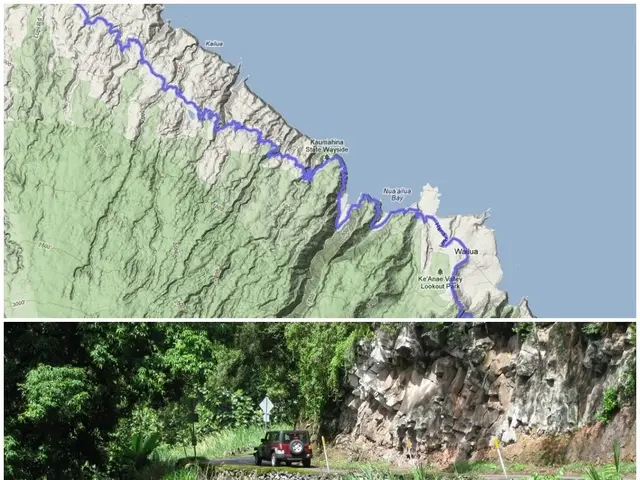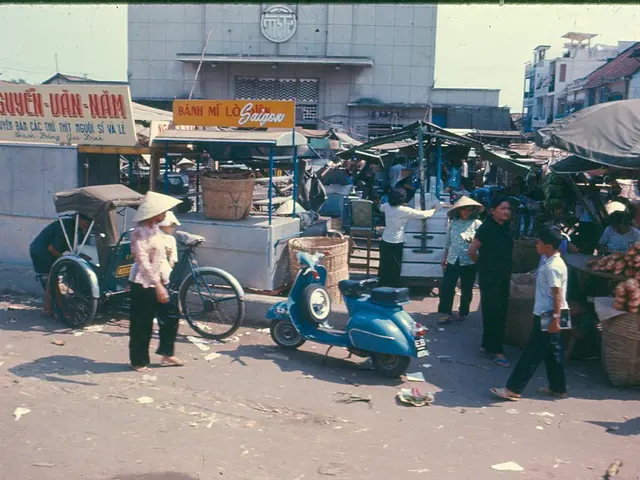Ecuador Pursues a Reversal of Fortune
In the heart of Latin America, Ecuador is gearing up for an economic resurgence, with a host of significant developments promising a brighter future.
Recent years have seen the influx of important investors, such as international mining companies like Endeavour Silver, who are actively engaged in exploration and production projects, including the Terronera silver mine. Their confidence is bolstered by financing for exploration and development, setting the stage for a promising future in the mining sector.
Similarly, companies like Cibus have made strides in the agriculture sector, securing collaborations and regulatory approvals to enter Latin American markets, including Ecuador. The support from the International Monetary Fund (IMF) and new Public-Private Partnerships (PPPs) are expected to further stimulate investment, providing financial stability and infrastructure development.
The mining sector is poised for significant growth, with three major projects - Curipamba, La Plata, and Loma Larga - set to move into the exploitation phase. These projects represent approximately $1 billion in near-term capital inflows. If momentum continues, mining could become Ecuador's third largest export category, generating over $4 billion annually.
The agriculture sector is also expected to rebound, with non-manufactured exports such as bananas, shrimp, and flowers projected to recover in 2025, driven by strong demand in US and European markets.
On the economic front, both the Ecuadorian central bank and the IMF are projecting a solid year for GDP, forecasting 2.5% and 1.7% growth, respectively. However, the country faced a contraction of 2% in 2021, which was the worst performance in the region. To address this, Ecuador is planning an economic restructuring to position itself for an economic rebound in 2025.
Infrastructure improvements are a key focus, with Ecuador needing $72 billion for improvements in transportation, energy, telecommunications, water, and sanitation by 2030, which is approximately 59% of the country's GDP as of last year. New public-private partnerships (PPPs) are beginning to address these long-standing challenges.
The US-China trade war has increased competition for influence in Latin America, allowing Ecuador to negotiate with both sides. Boosted by deals with China (Sinopec) and Canada, the Ecuadorian government now projects $42 billion in investment from foreign oil companies over the next five years.
President Daniel Noboa, who was reelected in April, has proposed a constitutional amendment allowing the establishment of foreign military bases in the country. This move, along with a recent crackdown on organized crime, has brought some relief on the security front in Ecuador.
The Chinese and Canadian deals indicate a revival for Ecuador's energy and mining industries. With the secured extended fund facility from the International Monetary Fund, set to run through 2027, and President Noboa's aim to invest around $11 billion into the Ecuadorian economy through PPPs, it seems Ecuador is well on its way to overcoming its economic challenges.
Read also:
- Peptide YY (PYY): Exploring its Role in Appetite Suppression, Intestinal Health, and Cognitive Links
- Toddler Health: Rotavirus Signs, Origins, and Potential Complications
- Digestive issues and heart discomfort: Root causes and associated health conditions
- House Infernos: Deadly Hazards Surpassing the Flames








